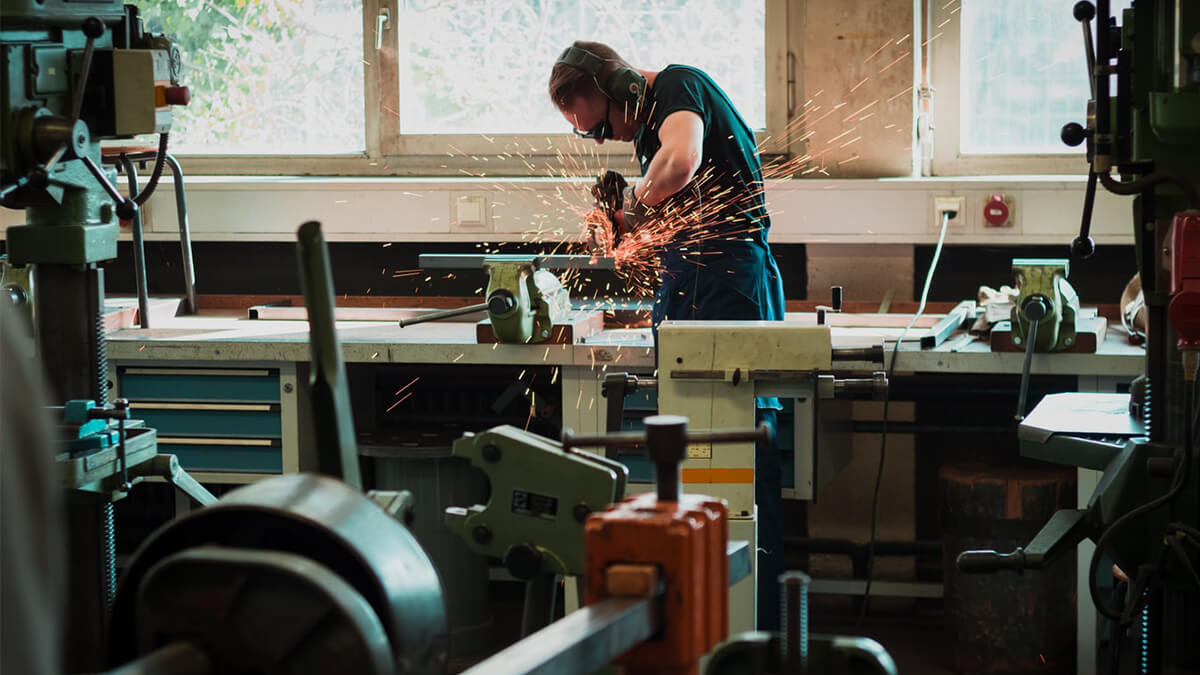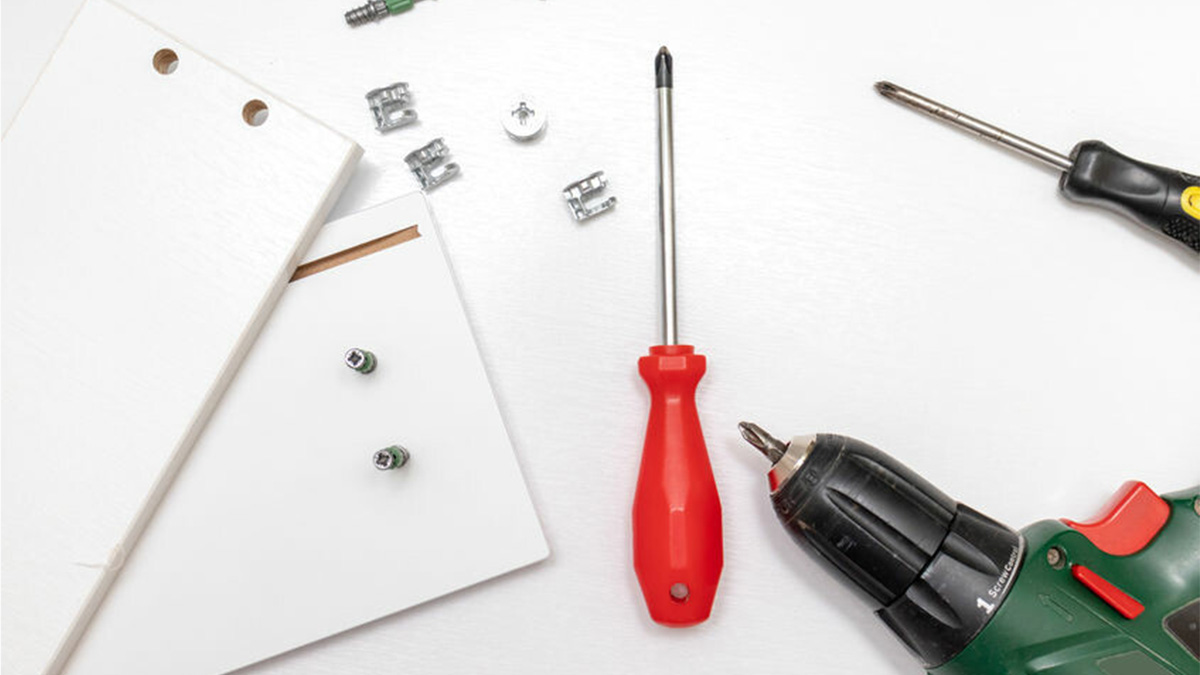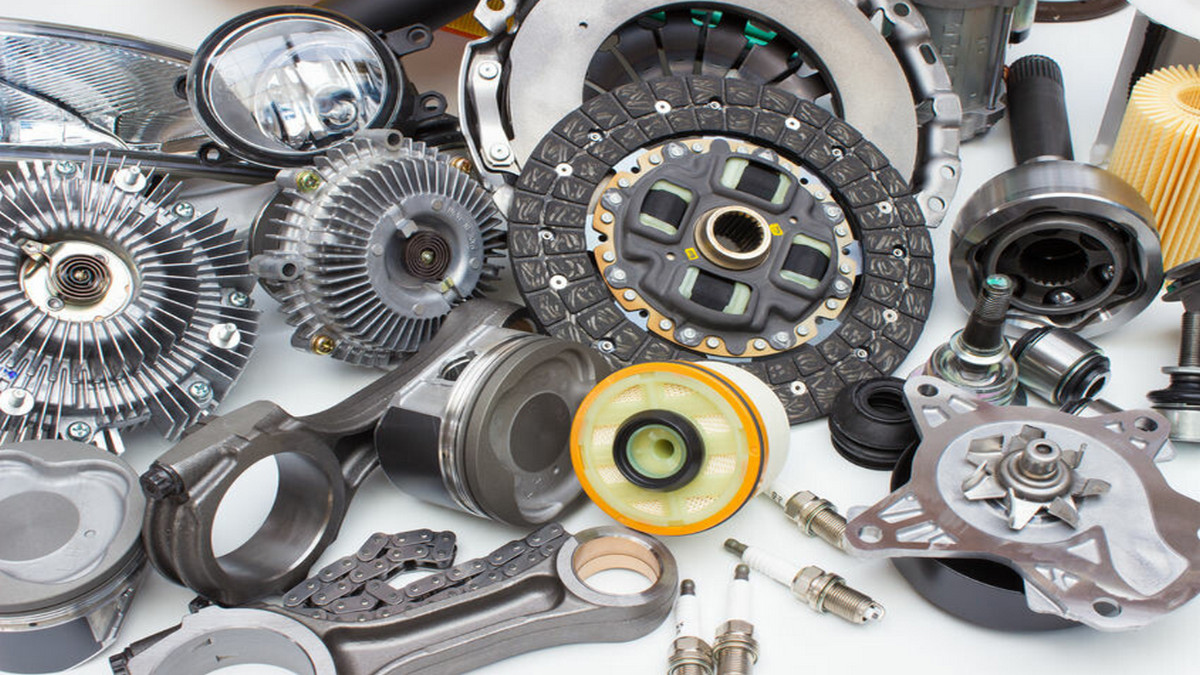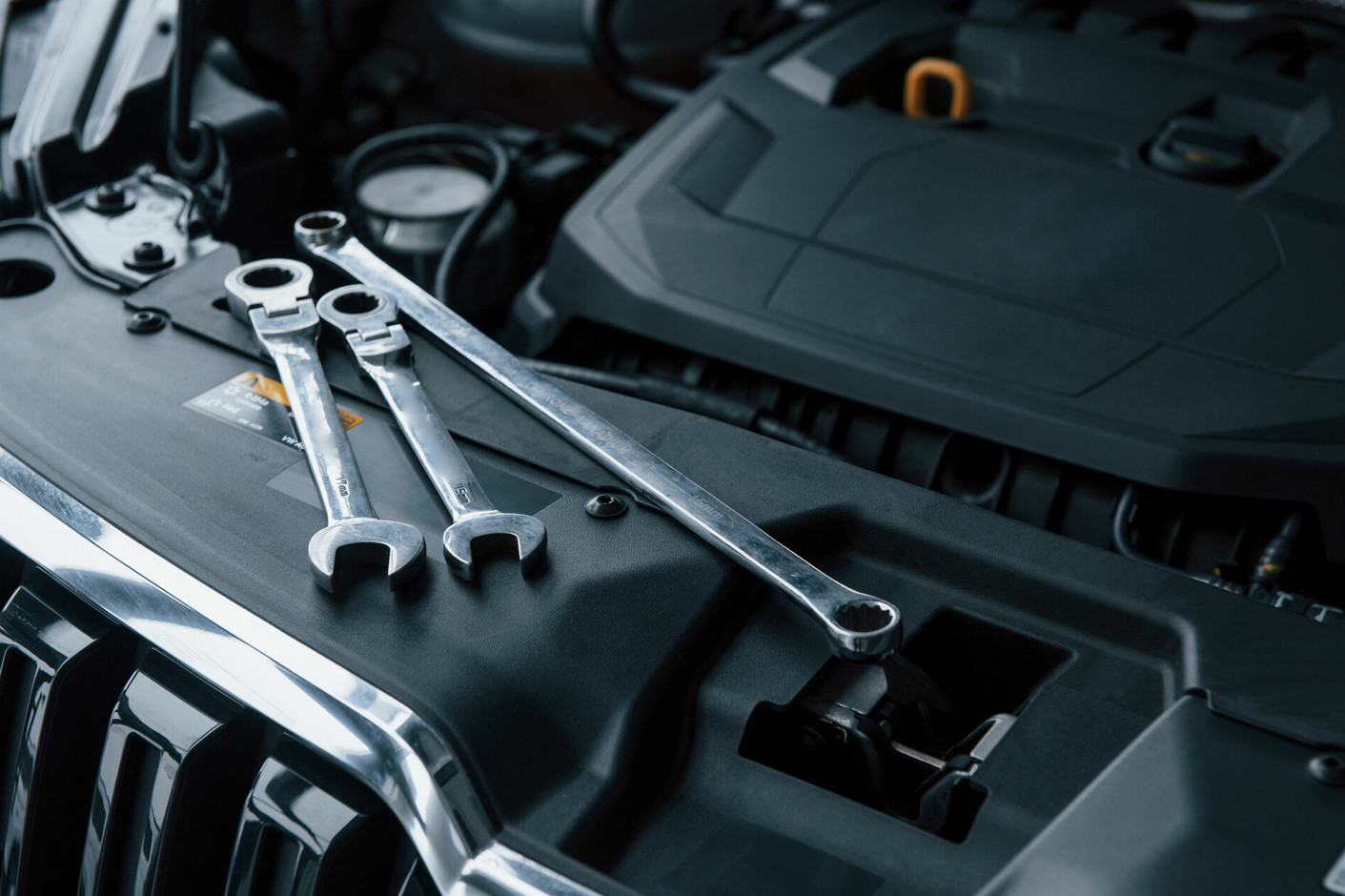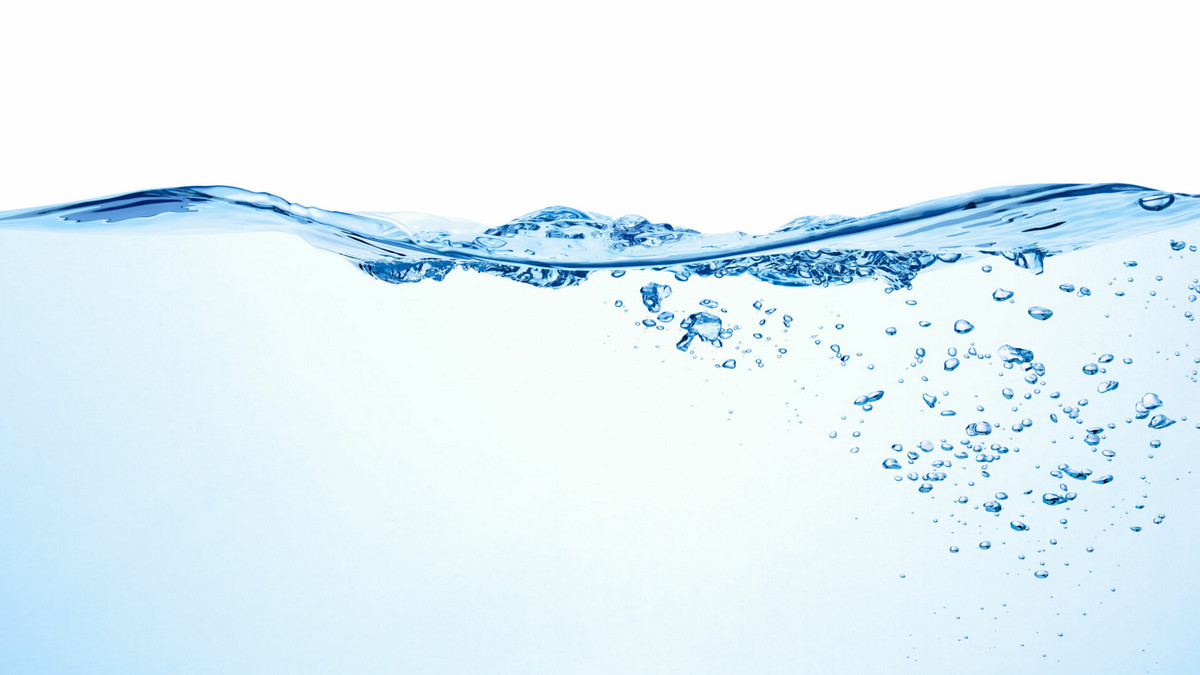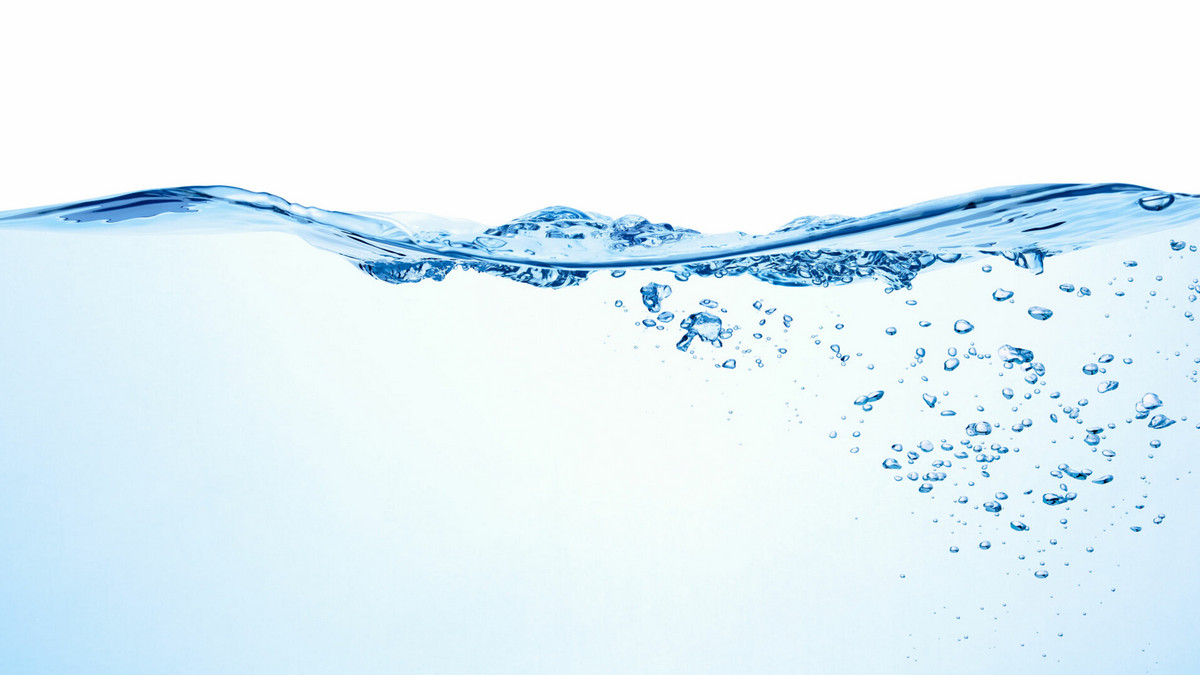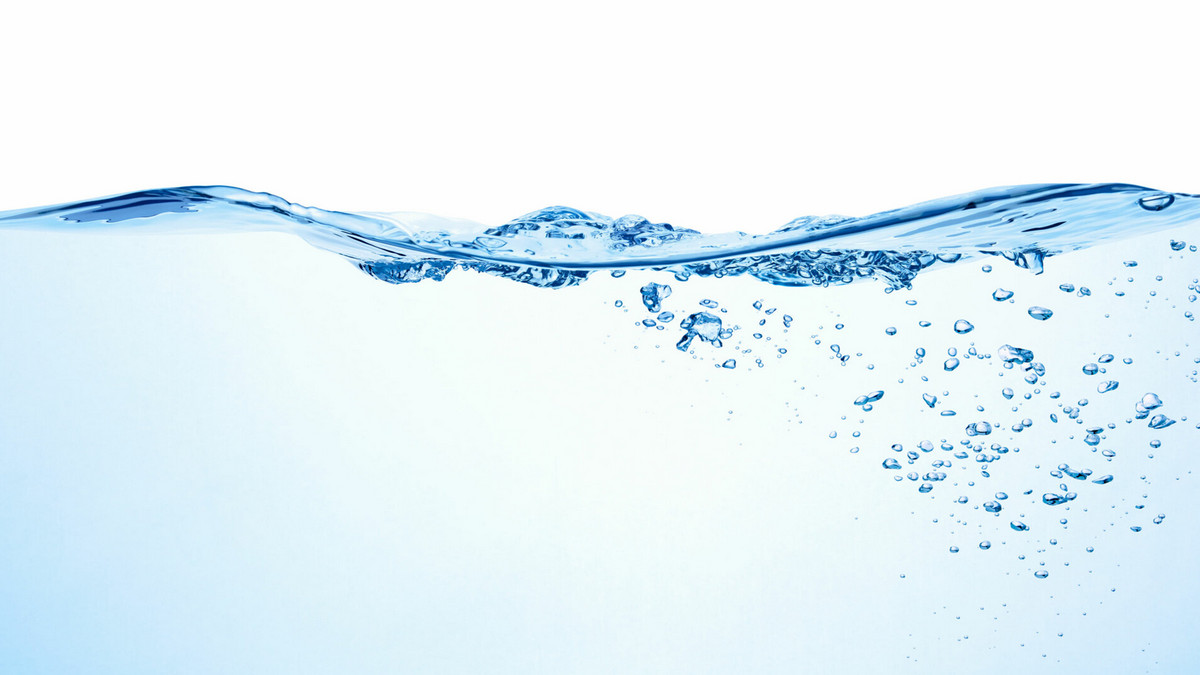Understand the structure of shaper machines, each part is combined into a complete shaper machine.
What is a shaper machine?
The shaper machine is a type of machine tool which uses the relative motion between the workpiece and cutting tool. This machine has linear motion and cuts in a linear toolpath. The cut made by the machine is similar to a lathe machine. The lathe machine makes the helical cut while the shaper machine makes a linear cut.
What is the working principle of the Shaper Machine?
Before starting the working principle of the shaper machine first discuss the cutting tool. The function of the cutting tool is to remove the material from a workpiece.
There is a single-point cutting tool used in this machine and it has only one cutting edge. The turning tool is the best example of a single-point cutting tool. It is placed in the tool holder and mounted on the ram.
The workpiece is clamped directly on the table for machining and it may support at another end. Ram is exhibiting the reciprocating motion. And the cutting tool holder is moved backward and forward on the surface of the workpiece.
Many of you think that the ram rotates and cutting in strokes. And it is depending on the shapes. The cutting takes place in forwarding stroke in a standard shaper machine and the backward stroke is considered to be idle.
The cutting tool got motion from the quick return mechanism and cutting depth is achieved by movement of the tool. Feed motion follows the pawl and ratchet mechanism.
Shaper machines are machines for producing horizontal, vertical or inclined planes, while a new generation of shaper machines can also produce contoured surfaces that can be bent or tilted over the material.
The shaper machine is in a reciprocating mode. The single-point cutting tool is fixed in the ram and the workpiece is fixed on the work table. The cutting tool is cut back and forth on the working object, and the return stroke is cut by no metal. It is called an empty trip.
Shaper Parts:
- Base:
The base of the machine is the main body of the machine and serves as the backbone for the other parts. The base of the machine is designed to carry the weight of the machine and is bolted. It is made of cast iron and can withstand the vibration and load of the machine.
- Column:
The Column of a shaper machine is a cast-like casting that is cast from iron and mounted on a pedestal. It is equipped with precision guide rails on which the ram moves back and forth.
- The cross-rail:
The beam is mounted on the column, allowing the movement of the table to move laterally. The table can be raised or lowered by rotating the lifting screws to suit different sizes of work.
- Workbench Table:
The table is fixed to the saddle by bolts and receives lateral or vertical movement from the saddle rail. The table can be rotated at any angle to meet the working requirements. The main work of the table is to fix the workpiece.
- Ram:
The tool moves back and forth on the guide rail and carries the tool head with a single-point cutting tool. The working punch performs the cutting motion in the forward direction, while the reverse direction drives the tool head to quickly slide back and repeats the round trip to perform the same work again.
- Tool Head:
The tool head is equipped with a cutting tool that can feed the screw handle downwards to allow the cutting tool to perform a cutting motion.
The working principle of the shaper machine is to cut through a fast round trip.


